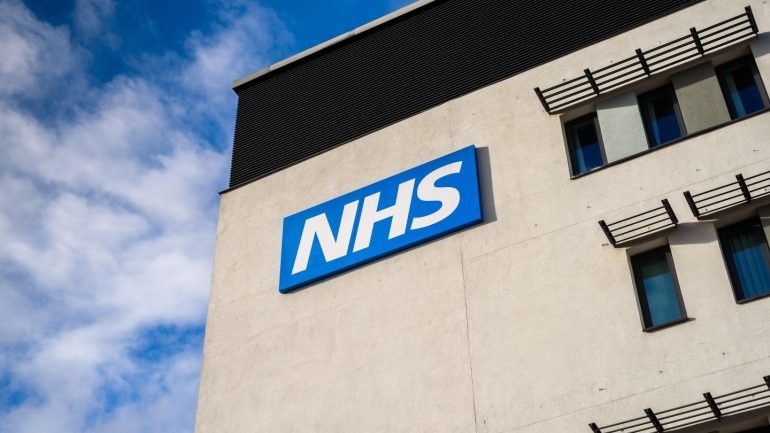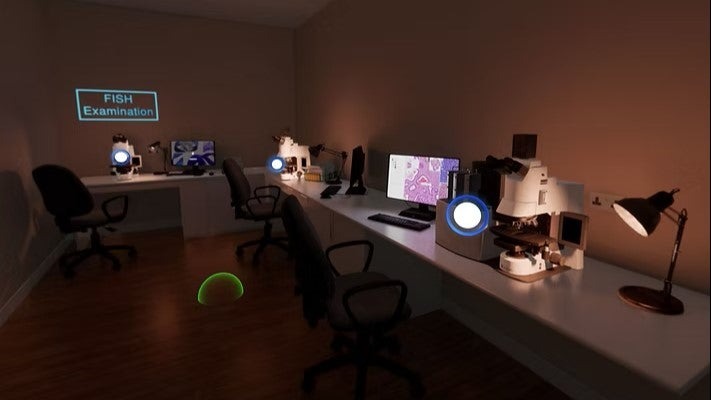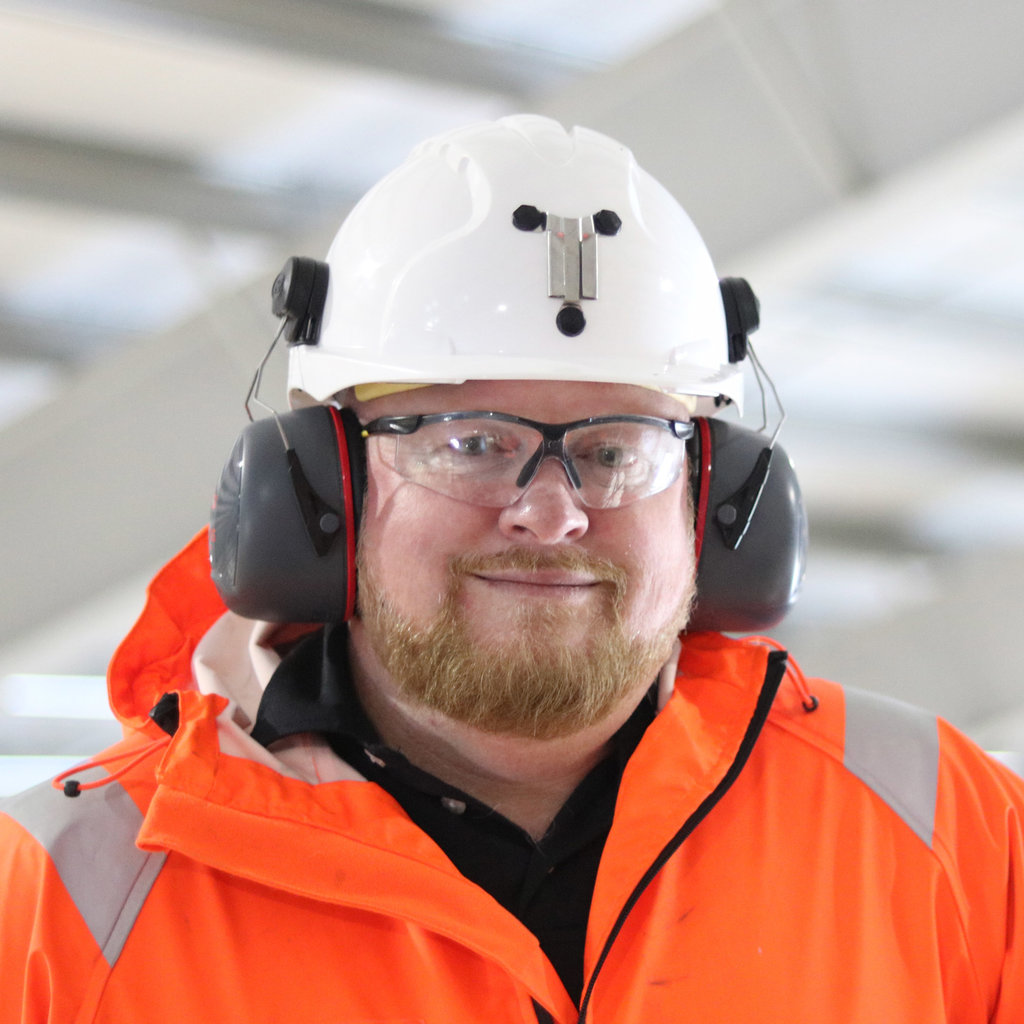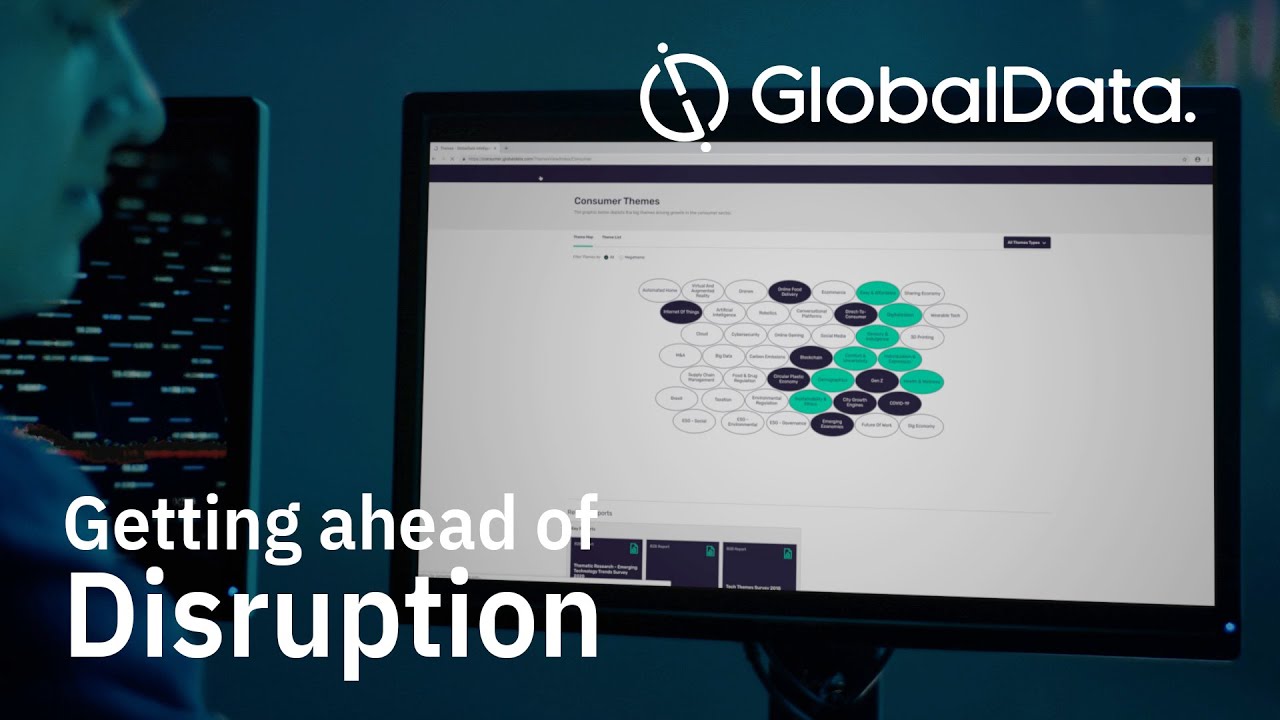Interview
A new AI software to streamline patient consultations in the NHS
Launching later this year in the UK is Microsoft’s Dragon Copilot, an AI-powered software designed to ease the burden on general practitioners, writes Ross Law.

Microsoft’s Dragon Copilot is primed to launch on the NHS following the UK government’s announcement of a £29bn funding boost to the health service. Credit: Marbury / Shutterstock
Beset by seemingly endless caseloads and responsibilities, within the UK National Health Service (NHS) and other healthcare systems globally, burnout among general practitioners (GPs) is on the rise.
A 2024 survey of 3,200 GP registrars (those in training to become fully-fledged GPs) by the British Medical Association (BMA) found that almost three-quarters of respondents are experiencing burnout and stress as a direct result of their clinical posting. In another survey by the Royal College of General Practitioners (RCGP), 71% of GPs said they found their job ‘extremely’ or ‘very stressful’.
To address clinician burnout, AI is playing an increasing role. In radiology, the technology is expediting the annotation of CT and MRI scans, helping practitioners with their caseloads.
The Rule will disrupt this paradigm, creating negative consequences for the entire health care system, including millions of vulnerable patients who depend on the essential clinical testing services that only laboratory professionals can provide.
Dr Lattanza
Feeding into GP burnout, GPs’ considerable administrative duties are viewed as a key pain point. In a separate survey by the RCGP, 60% of GPs reported that they don’t have enough time to adequately assess and treat patients during appointments due to paperwork burdens.
Dragon Copilot, an AI-powered, voice-activated annotation software developed by Microsoft, aims to reduce some of the administrative burden facing GPs. The software launched in the US in May 2025 and is set to be released in the UK later this year.
Dr Simon Wallace, chief medical information officer (CMIO) and director of business strategy at Microsoft in the UK and Ireland, has been involved in the coordination of a six-month pilot of Dragon Copilot at select NHS Trusts.
Dragon Copilot’s impending UK release follows the UK government’s announcement that the NHS will receive a £29bn ($39.1bn) funding boost over the next three years.
The funding boost for the NHS was announced during the Chancellor of the Exchequer’s UK Spending Review on 11 June. Of particular note is the UK government’s plan to increase the NHS’s technology budget by almost 50%, with £10bn ($13.5bn) of the total funding earmarked to bring the “analogue health system into the digital age”.
Medical Device Network sat down with Dr Simon Wallace at this year’s NHS ConFed expo in Manchester to learn more about Dragon Copilot and uncover Dr Wallace’s reaction to the NHS funding boost.
Ross Law: Tell me about the pilot you are undertaking with the NHS for Dragon Copilot
Dr Simon Wallace: The pilot has now been underway for around six months. Involving around 200 clinicians and eight healthcare organisations, Dragon Copilot is essentially being fine-tuned. For example, maybe a drug’s name has not been spelt correctly by the software, or maybe there’s something that should have been said or captured by the software that wasn’t. We’ve really taken our time to do this in forensic detail so that we can go to general availability with a solution that we’re really confident meets the NHS workflows.
The overall feedback has been constructive, with patients expressing positivity over Dragon Copilot’s potential. We’re at a really pivotal point in this digital health journey, and I am convinced that this technology will make a comprehensive difference.
Ross Law: What other insights have stemmed from the pilot?
Dr Simon Wallace: Clinicians involved in the pilot want to know that the software is safe, and so the rigour that we’ve been putting into our six-month pilot has been going through that due diligence process of making sure that it is. At an organisational level, clinicians have also wanted to know how the technology will support their practitioners, enhance the patient experience, and the general speed at which the process of patients going through the clinic will take.
Ross Law: What customisability options does Dragon Copilot offer users?
Dr Simon Wallace: When a clinician sets the platform up, they have options to fine-tune it to what they want it to do. One of the key things here relates to style. Some clinicians will wish for the annotated notes to be more concise, whereas neurologists, for example, tend to like the verbiage so may prefer to have the platform’s concision option turned off.
Users can also customise how they want their template to look. There are options, for example, for the annotations to be laid out in paragraphs, or bullet points, with formal language, standard language, or even patient-friendly language, where, for example, ‘shortness of breath’ will be annotated instead of its medical term, dyspnoea.
The platform also includes a library where you can have a whole series of prompts or templates. Perhaps I get an X-ray back and find that a patient has a suspicious shadow on his lung, and I need to get the chest doctors in to do an assessment. He’ll probably need to have a bronchoscopy and have a biopsy taken. So, I could have a prompt in cases like this, which is to send a letter to a clinical specialist, and Dragon Copilot would just generate that letter straight away.
All of this can be done in the background. There’s a balance here of customisation, but also standardisation of a clinical speciality, since some clinicians will likely want the output of their letters in a certain way. A clinical specialty will likely need, for example, to have an agreement on how they want their templates to look. Our overall role here is to provide end users with a toolkit and, in terms of customisation, allow them to do as much or as little as they want to do.
Ross Law: What are your thoughts on the recently announced £29bn funding boost for the NHS?
Dr Simon Wallace: Any funding boost is really welcome. I think one of the key things to support that funding boost lies in having the appropriate digital technologies in place that are going to support it. That’s why many of us are looking forward to seeing the 10-Year Plan for the NHS. The transition from analogue to digital will be a key component, and the ability for healthcare organisations, whether they be in the acute, primary or mental health sectors, to have funding to support these tools would be most welcome.
“It could serve as a bellwether to predict his stance on future regulation and enforcement activities. I think it will serve as a predictor either way, since we’re still learning where he stands and what he believes his agency should focus on.”
Whether the FDA’s Final Rule ends up taking effect, in the near future or longer-term future in a different form, the increased awareness of how any modern surveillance system could look, as prompted by the ruling’s introduction, is potentially a positive.
Cope points out that tests today have evolved considerably since the CLIA Act was put in place.
Lots has changed with LDTs since that body of law was introduced, Cope says, and while the device scheme for LDTs seemed a “bit of an odd fit”, there are questions from some around whether LDTs should be regulated, whether there should be more oversight, and if so, who should be fulfilling that role – all questions that the Final Rule has generated discussion around.
“Even if the ruling doesn’t go into effect, I think it’s still good for patients in so much as it’s given more attention to considerations around the quality and performance of individual tests,” says Moore.
“There’s time now to consider how best to do that with the vacation of this ruling.”
But I do think this is a great opportunity to better understand what Secretary Kennedy’s priorities will be in this administration.
Sarah Moore, principal project lead, medical devices in the National Sanitation Foundation’s (NSF) life sciences division

‘Breadcrumbs’ guide users to specific points in the laboratory, where they can interact with information associated with the virtually represented equipment. Credit: Cassette Group
Caption. Credit:

Phillip Day. Credit: Scotgold Resources
Total annual production
Australia could be one of the main beneficiaries of this dramatic increase in demand, where private companies and local governments alike are eager to expand the country’s nascent rare earths production. In 2021, Australia produced the fourth-most rare earths in the world. It’s total annual production of 19,958 tonnes remains significantly less than the mammoth 152,407 tonnes produced by China, but a dramatic improvement over the 1,995 tonnes produced domestically in 2011.
The dominance of China in the rare earths space has also encouraged other countries, notably the US, to look further afield for rare earth deposits to diversify their supply of the increasingly vital minerals. With the US eager to ringfence rare earth production within its allies as part of the Inflation Reduction Act, including potentially allowing the Department of Defense to invest in Australian rare earths, there could be an unexpected windfall for Australian rare earths producers.
